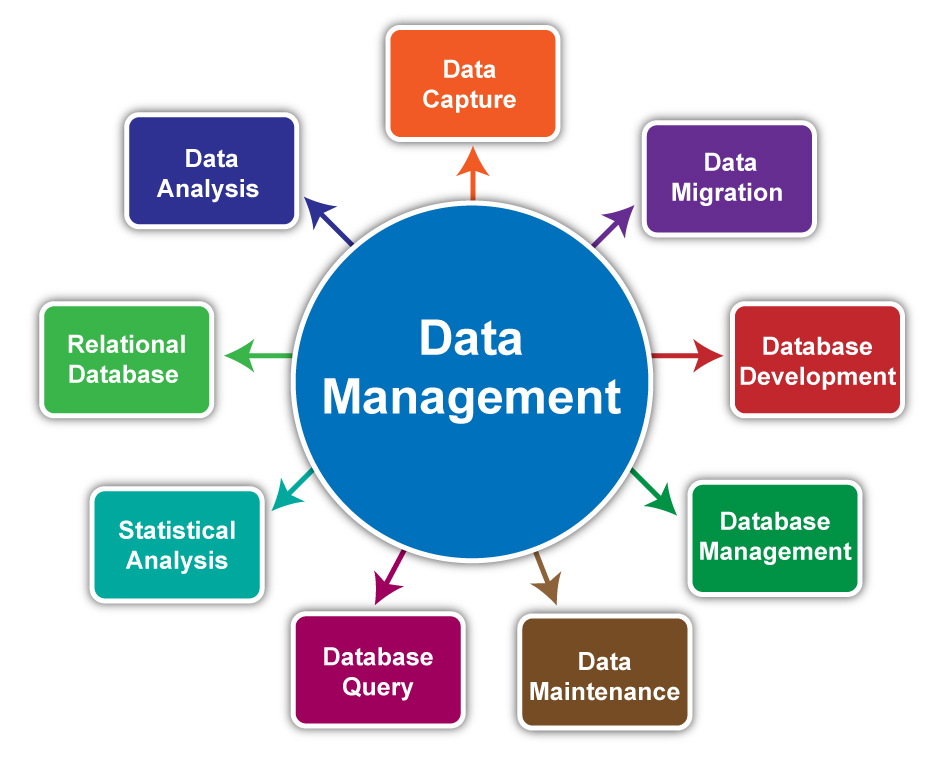How to Implement Analytics for Data-Oriented Companies
While the idea of analytics can sound daunting, it can actually help your business succeed. The purpose of this process is to collect and analyze data, so you can make better decisions. By using these tools, you can improve your overall customer experience and increase your bottom line. These tools can also be used in conjunction with traditional analytics. The goal is to turn data into actionable knowledge for your company. In this article, we’ll look at how to implement analytics in your company.
The first step in creating analytics for your company is to define your goals and define how you’ll measure success. A successful analytics strategy should include a variety of analytical resources, from traditional methods to advanced software applications. Having the same level of expertise across all departments and functions is unrealistic, and many companies have a large imbalance of data professionals and non-techy employees. This can lead to disputes in the workplace, and downgrades in job positions.
The next step is to gather information. Analytics can help you learn about your workforce better. For example, you can use data to manage your talent pipeline and retain the best performing employees. This helps you make better decisions about your business, which helps you improve your overall customer experience. The third step is to use the information you collect to create a more personalized experience for your customers. The last part is to understand your customer’s habits.
Once you’ve gathered data about your customers, you can begin implementing an analytics strategy. Businesses that utilize analytics are better able to provide superior customer service and conversions. The best analytics strategies combine different sources of data and combine them to provide accurate, comprehensive, and timely results. These strategies can also help your company improve its image and protect itself from risks. If your company is not yet ready to implement this type of technology, consider partnering with a vendor who can assist you in the process.
Another important step in implementing analytics for data-oriented companies is creating a data culture. As an industry leader, you need to foster a data-driven culture. In fact, the process of becoming a more sophisticated data-driven firm requires a strong commitment from senior management. Fortunately, the process is easier than you might think. A strong culture is the foundation of a data-oriented organization. For this reason, creating a data-oriented culture is an essential step toward achieving that goal.
For companies that are data-oriented, it is crucial to adopt an analytics strategy that incorporates various analytical resources. Often, the various tools and methods used in traditional data analysis are incompatible, and managers will need to spend considerable time analyzing the results. Using a data-driven company’s data will help them make better decisions and create a more effective brand. When implemented correctly, these analytics can help improve customer satisfaction and increase sales.

About the author